Alan Titchmarsh's garden: No insecticides, no herbicides, just beautiful flowers, lawns, a statue of Repton and a swing seat that's impossible to resist
It’s always fascinating to see what a high-profile gardening personality does with their own home. Tiffany Daneff visits Alan Titchmarsh’s Hampshire garden, to find a place of endless delights and charm. Photographs by Jonathan Buckley.

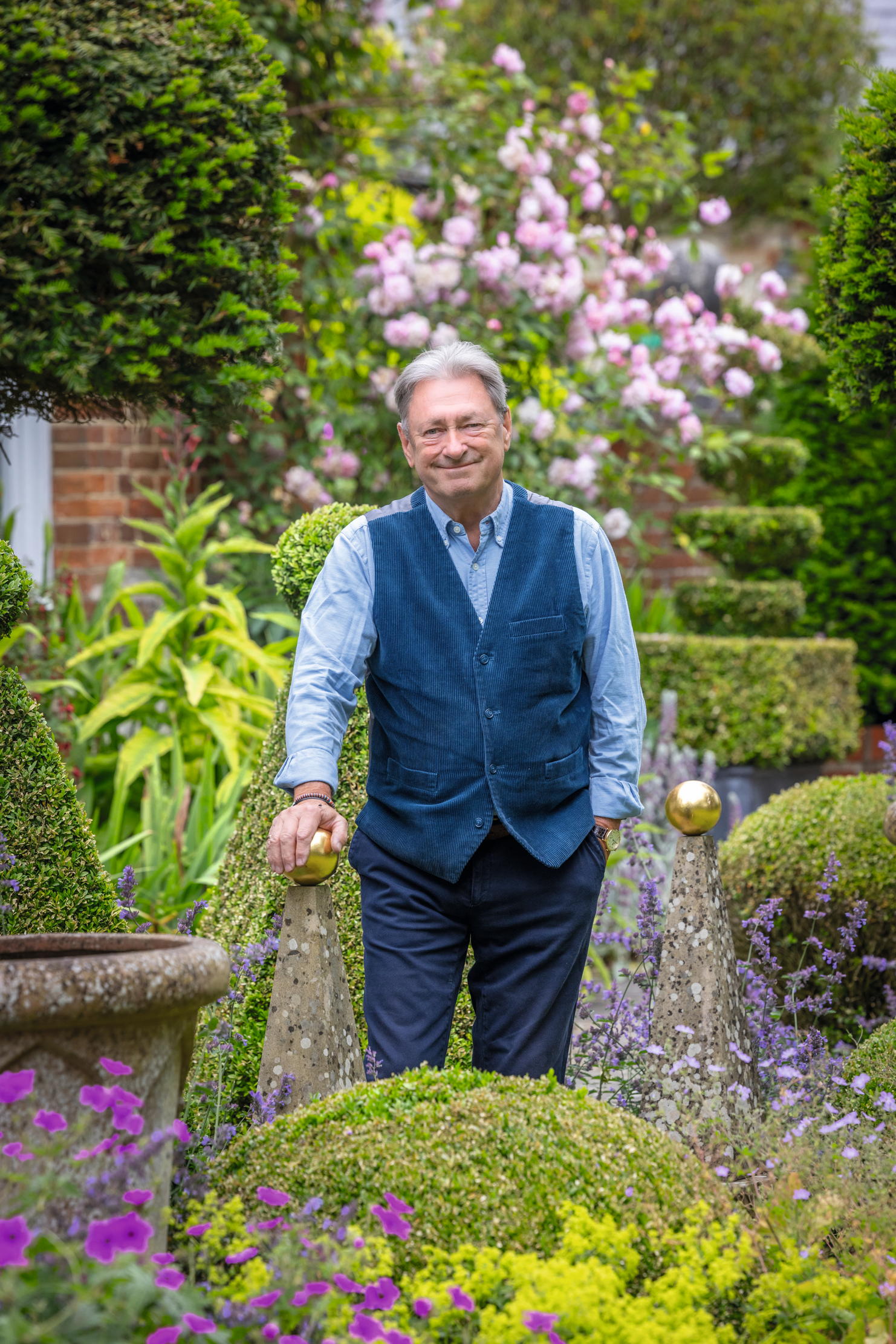
There are all kinds of enticing seats thoughtfully placed throughout Alan Titchmarsh’s garden in Hampshire, but, generally, he is too busy to take advantage of them. On a sunny afternoon, however, the comfortably upholstered, old fashioned swing seat is hard to resist. It’s here that he most likes to pause, to look across the meadow where, hidden deep within the drifts of purple knapweed, devil’s bit scabious and honey-scented ladies’ bedstraw appear dramatic stands of the pyramidal orchid.
Between the seat and the meadow is a patch of hallowed grass, kept short for the grandchildren’s football games. ‘I’m not allowed to do anything here,’ he says, almost wistfully, before adding, ‘but you need areas where you can breathe. It’s the same with music, the silences point up the notes. There’s always a danger of making gardens too busy.’
Alan would be the first to say — and, indeed, does point out — that he is not a garden designer, but, having gardened since he left school at the age of 15, he certainly knows his decorative alliums. He and his wife, Alison, moved here in 2002, only three miles from their old house — he is well used to the chalk soil. In all, they have four acres that slope gently from the top of the meadow down towards the Grade II-listed Georgian house, the focal point of the gardened garden with its more formal beds and borders. ‘I couldn’t live anywhere flat,’ he muses, perhaps taking in the spiral mound (inspired by landscape architect Kim Wilkie’s landforms) that sits at this edge of the meadow beneath the mixed hedge, which is left to grow high for privacy.
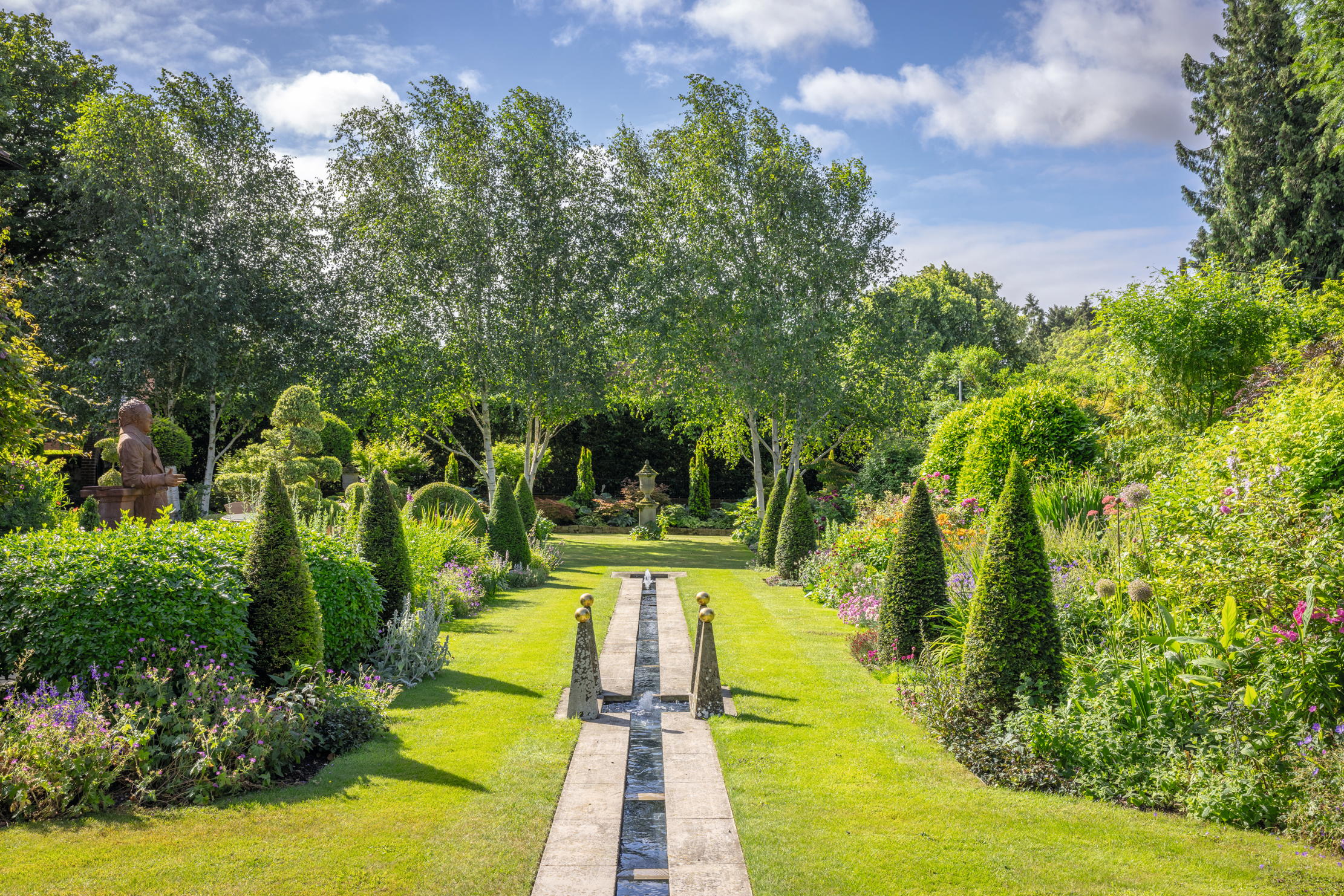
The garden as inherited included a terrace overlooking a lawn and a barn; it had plenty of potential for Alan to make his mark — and is near enough to London, where he spends at least a day a week doing radio or television. The first thing he did was to widen the narrow terrace. This now provides another spot to sit with coffee and a book close to the house. A simple rill runs parallel to the terrace down the centre of the lawn, beyond which is a row of herbaceous beds full of life and colour.
'No insecticides, no herbicides, nothing': Alan Titchmarsh’s garden philosophy
Alan has gardened organically for many years and uses no chemicals at all — ‘no insecticides, no herbicides, nothing’. The only exception was to give a dose of sulphate of ammonia to help a young beech that was struggling to get its roots down. ‘I watered and watered it in and eventually it turned a corner.’
All the beds are given lashings of mulch: ‘We have three massive compost bays and it all goes; chalk makes for hungry soil.’
The blue tits get the greenfly and the moorhens ‘eat the slugs — and poo in the rill, if given a chance.’
A check of his magnificent display of hostas in the long border at the far side of the lawn shows them to be remarkably unscathed, with only a few signs of snail damage — that, he says, ‘happens mostly when the leaves touch the back wall, enabling the snails to get a lift onboard.’
On a less windy day, we might have seen some of the 12 bumblebees that visit the meadow and of the butterflies only the marbled white, small coppers and speckled wood were showing themselves, but small blues, brimstones, gatekeepers, peacocks and painted ladies are frequent visitors.
The garden grows and changes in response to his constant observations and, although he has help with mowing half a day a week and a gardener comes one day a week — and James Crebbin-Bailey clips the box balls and the yew decanters — the rest he likes doing himself. He still takes a ladder to the climbing roses, ‘The Generous Gardener’ and ‘Shropshire Lad’, which are flowering high on the house wall and, he points out, need taking in hand.
‘I like axes,’ he says, explaining his thinking behind the layout of the garden around the house with its framework of terrace and rill and cross paths punctuated with topiary forms and abundant borders. To this base structure he has added layers of screening, which, like the wings in a stage set, create depth and mean that, when you walk around the garden, there is always another secret spot to discover, a shaded path behind the flower beds, a sculpture or a quiet seat.
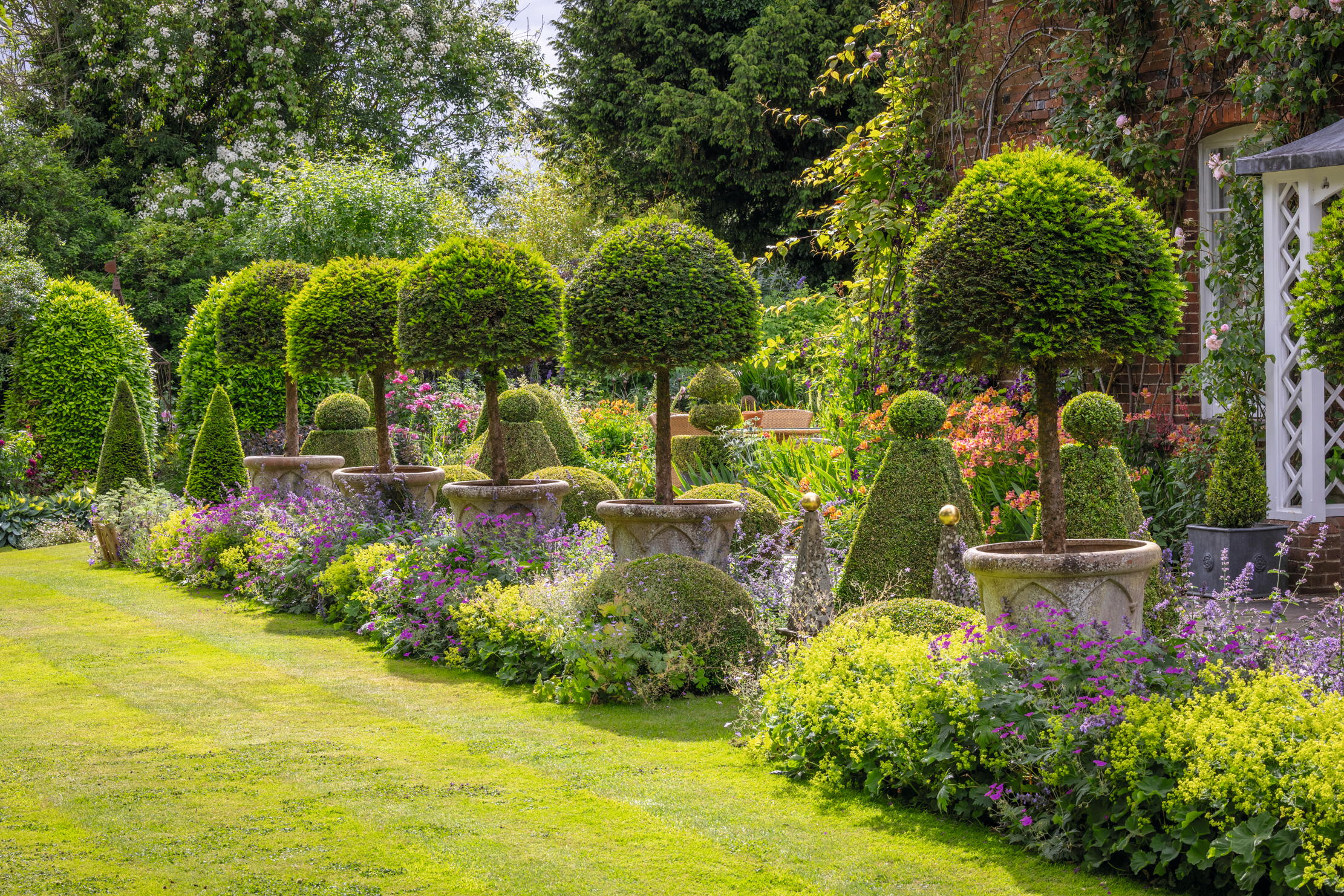
This border is a good illustration of his use of layering and screening. From the terrace, the eye is distracted by stands of white stemmed birches (underplanted with the sea holly Eryngium ‘Miss Willmott’s Ghost’, with spiked silver bracts set off by large heart shaped leaves that work well against the birch trunks), and a pair of handsome urns on plinths. Only after a time does one discern the backdrop of hostas in their many greens, some variegated, as with the large cream-edged paddle leaves of Hosta ‘His Honor’, the deep, rich green of ‘Devon Green’ and, most magnificent, ‘Wunderbar’, with its giant glaucous leaf with yellow margins. Then, and only then, does the retina properly register above them the soft tracery of his collection of Japanese maples in their shades of greens and oranges.
Exquisite houses, the beauty of Nature, and how to get the most from your life, straight to your inbox.
He is particularly pleased with the border by the terrace, now in its third year. It consists of three repeating plantings of catmint, Geranium ‘Patricia’ and Alchemilla mollis in fresh mounds of luminous purple, bright pink and acid green. Everywhere, plants are in the best of health. Pelargonium ‘Thomas Earl’, given by Caroline Egremont, touches the skylight in the greenhouse where he keeps his much-loved collection of pelargoniums. When the young weeping willow beside the pond kept blowing over, he propped it up with broom handles until the roots got a firm hold.
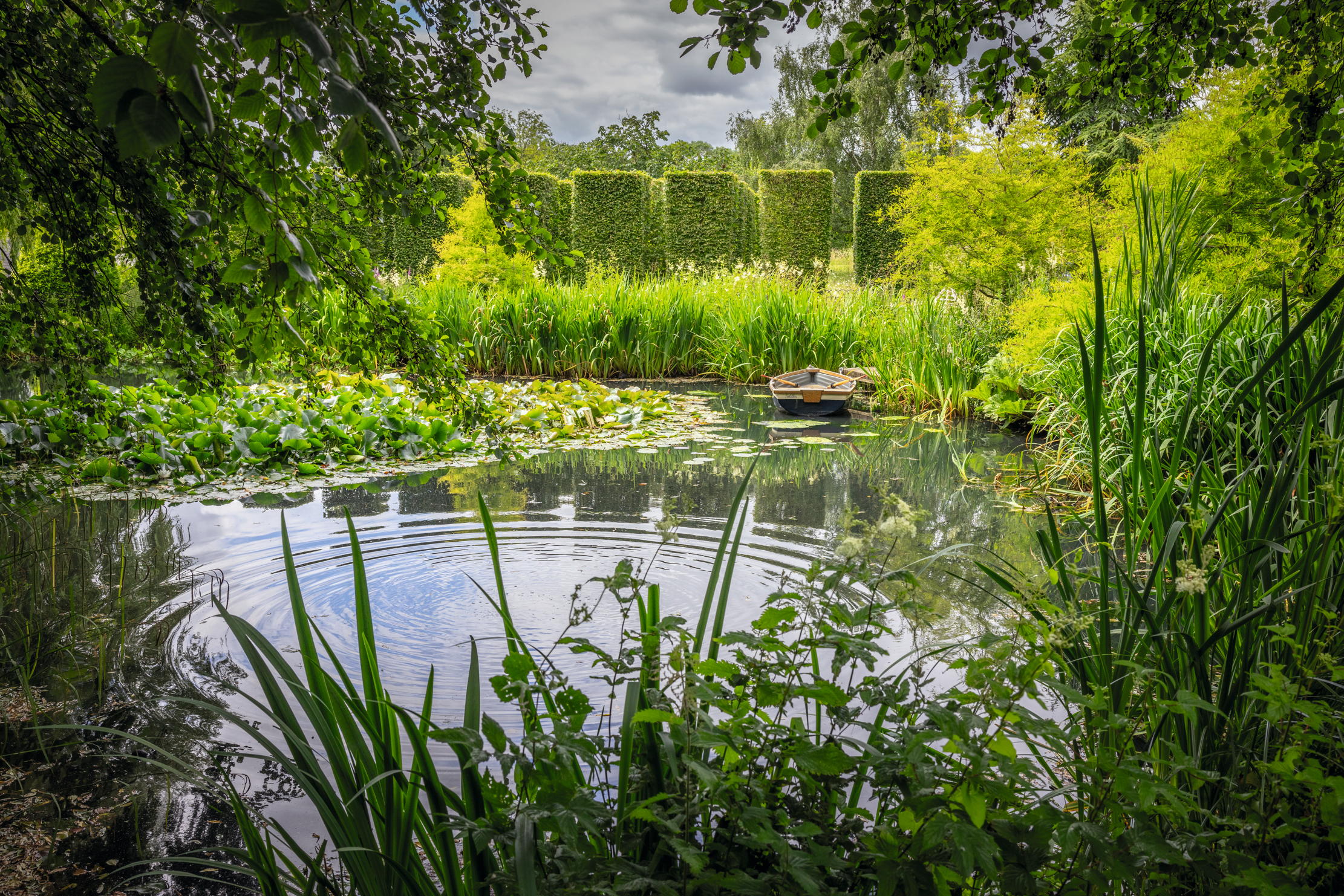
From his writing room tucked beneath the eaves of the barn, he looks over the pond and cherry trees planted beyond it in what had been rough ground. The hornbeam allées that radiate from the pond, providing a final formality before the meadow, were inspired by reading about Anouska Hempel’s garden in Country Life and he loves the way they throw ever-changing shadows. Recently, he added low yew pyramids at the ends of the hornbeams rows to bookend the design.
He also made the wildflower meadow. The ground was harrowed, but the top soil left in place (he did not want to lose that first-rate soil). Then, in October, he broadcast the seed (the Cricklade mix from Emorsgate) himself by hand from a bucket. All it takes now to keep it going is a cut at the end of the summer. He has planted cut-leaf beeches and limes, oaks and, at the top of the meadow, stands of native birches to give height and definition.
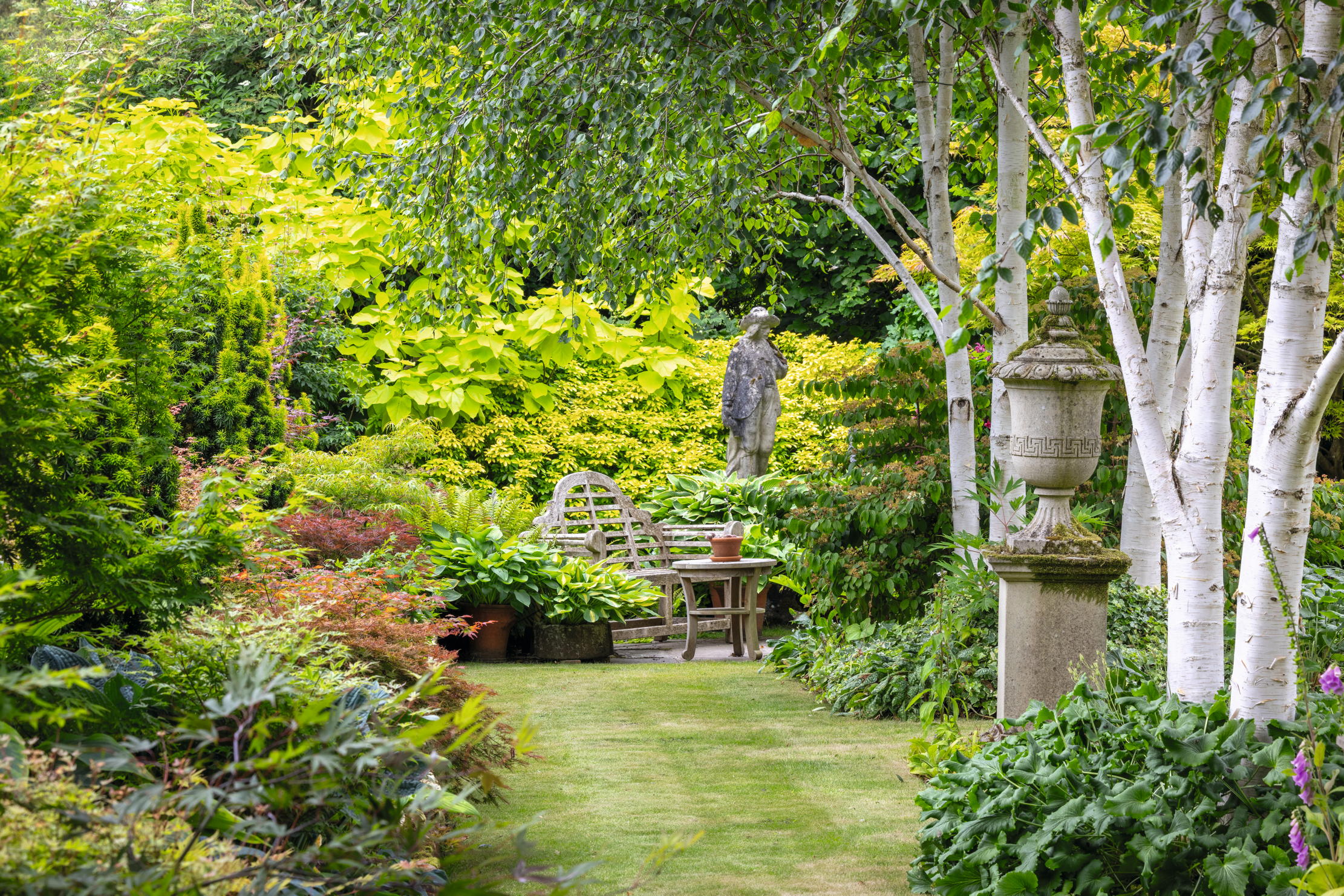
Lower down, where the meadow meets the formal areas, he has left a few plats of long grass and wildflowers and underplanted these with bulbs, so that, in spring, they come up in a mass of cheerful colour.
There are seats to catch the sun as it passes through the day and an engraved standing stone warns the viewer to carpe diem (not something of which Alan needs reminding). It is one of many pieces in the garden that, as with the green structures and water features, add to the theatre.
His favourite is the carving of Alexander Pope’s injunction on the wall of the house: ‘In all, let Nature never be forgot.’ This, much to his delight, the local tawny owl regularly soils. ‘It is,’ he says, ‘literally poetic justice.’
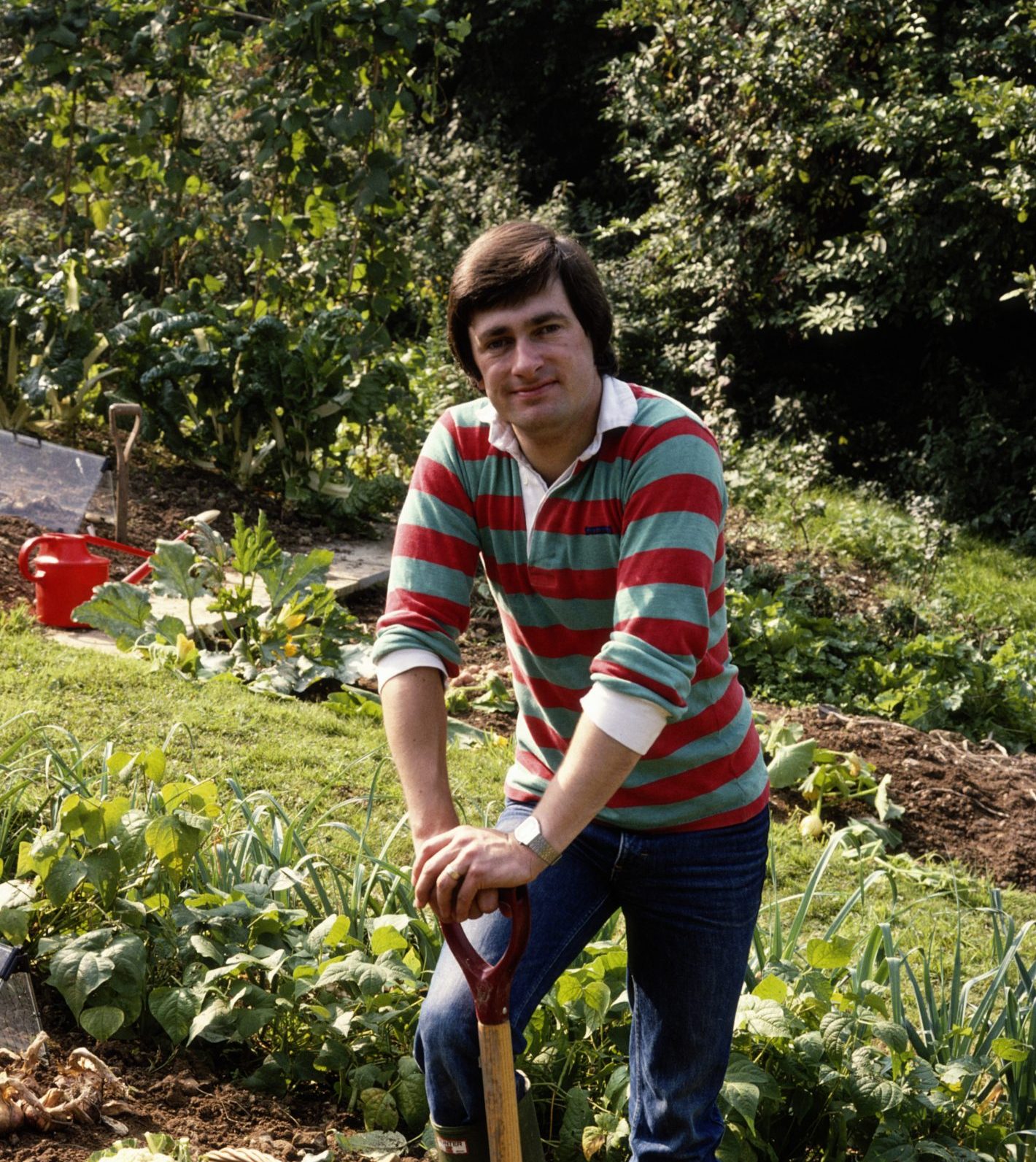
Alan Titchmarsh: The boy who left school early with one O-level 60 years ago... and found the perfect career
Our columnist Alan Titchmarsh reflects on 60 years of gardening.
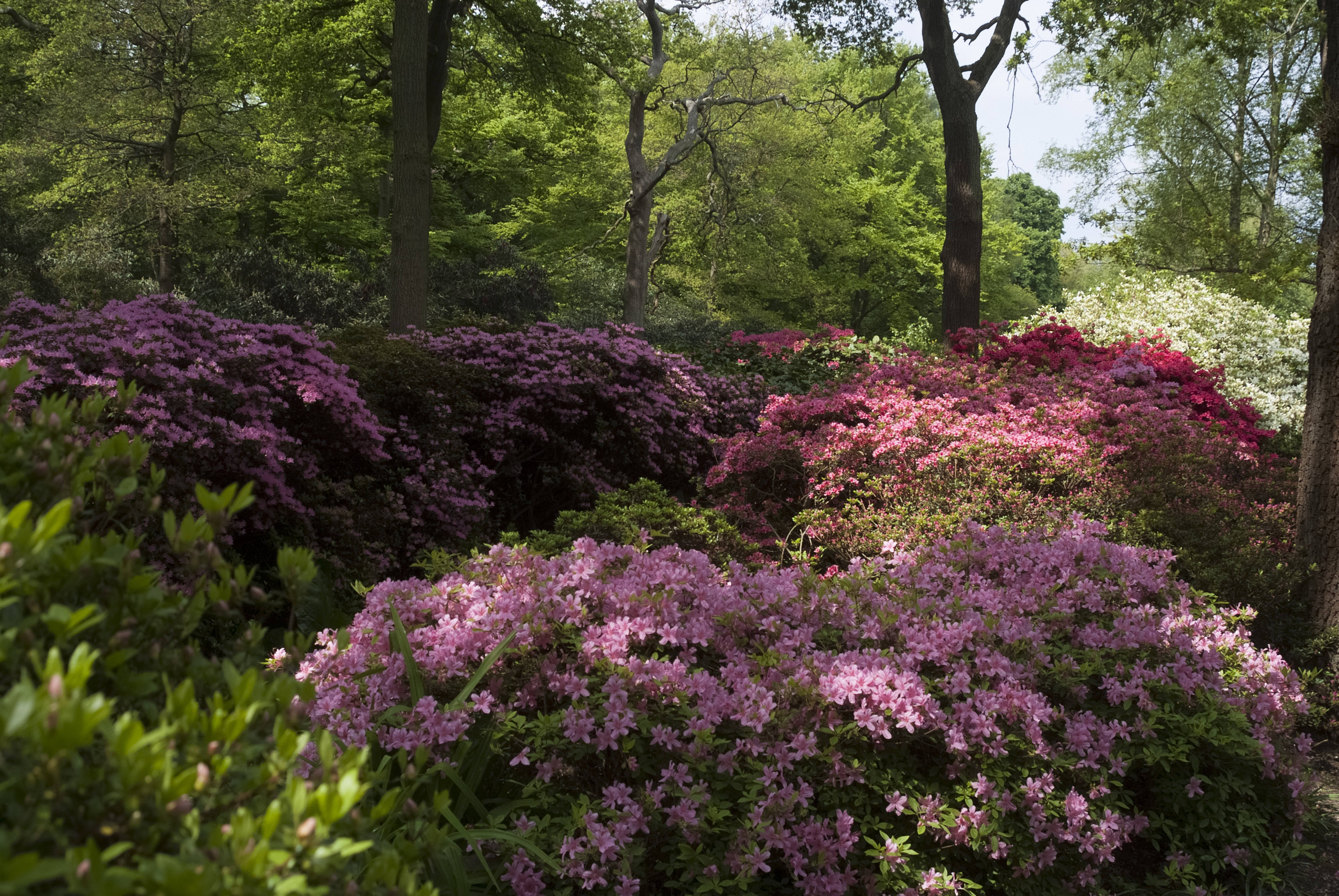
Alan Titchmarsh: The plants that I simply can't ever grow
Unless you're lucky enough to have a garden with medium loam soil, chances are that there are plants which you'll
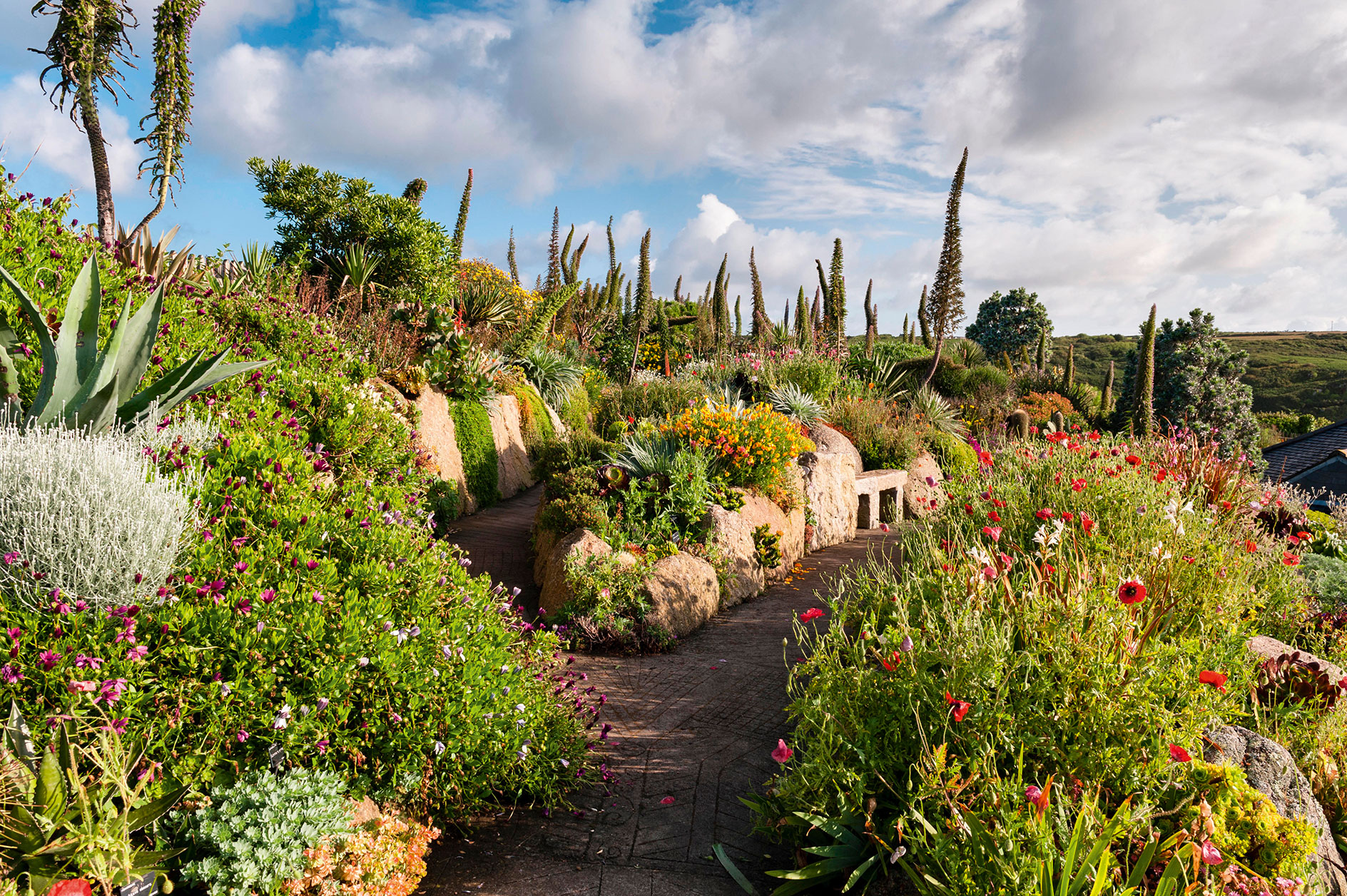
Alan Titchmarsh: How to grow exotic flowers in English country gardens
Alan Titchmarsh shares his tips on bringing exotic blooms to life in the gardens of Britain.
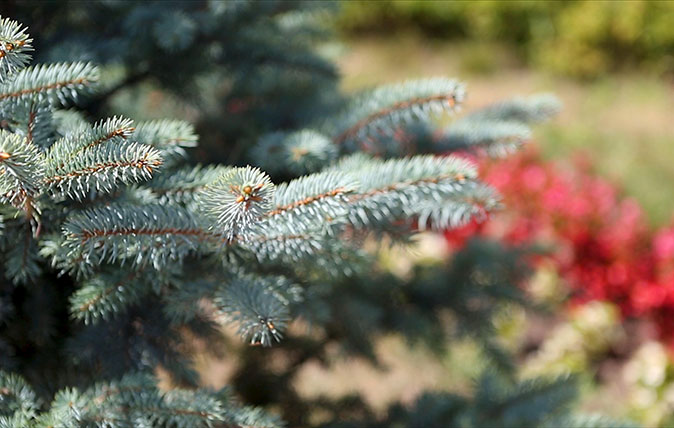
Growing your own Christmas tree: Alan Titchmarsh on what to plant and where to plant it
Why buy your Christmas tree when you can grow your own and enjoy these handsome, statuesque trees all year round?
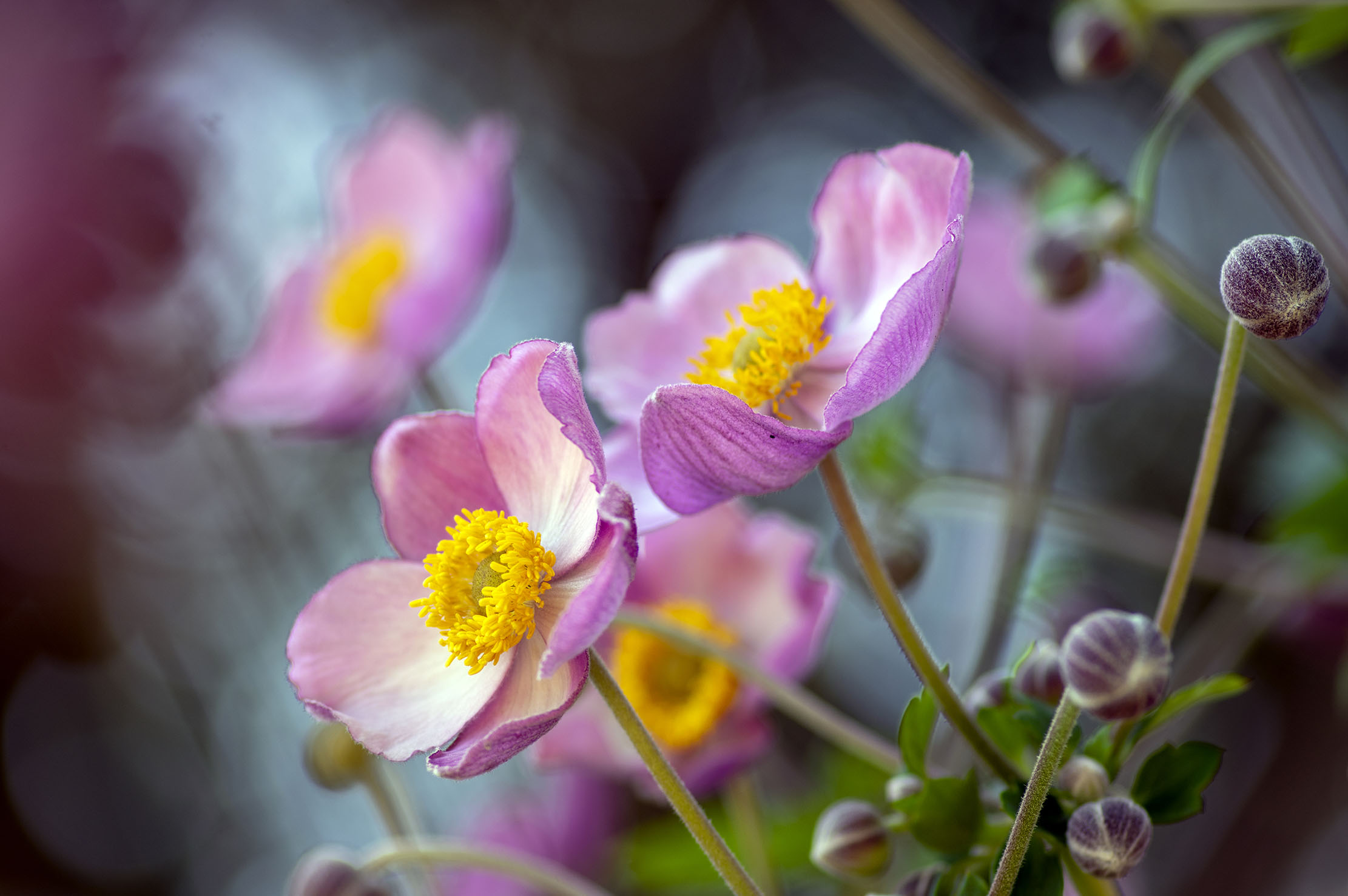
Alan Titchmarsh: 'Gardeners always think that next year will be so much better than last year; farmers always fear it will be worse'
Alan Titchmarsh on the joys of the flowers that come to our late summer gardens — and the anticipation of starting

Alan Titchmarsh: Change your plants, buy a greenhouse, erect a shed — do something to shake up your garden this winter
Spring will be here before you know it, so why not shake up your garden before the bloom? Alan Titchmarsh
Previously the Editor of GardenLife, Tiffany has also written and ghostwritten several books. She launched The Telegraph gardening section and was editor of IntoGardens magazine. She has chaired talks and in conversations with leading garden designers. She gardens in a wind-swept frost pocket in Northamptonshire and is learning not to mind — too much — about sharing her plot with the resident rabbits and moles.
